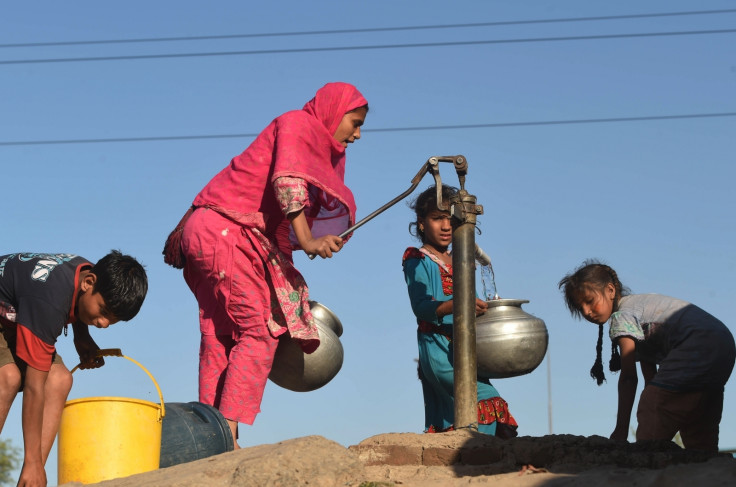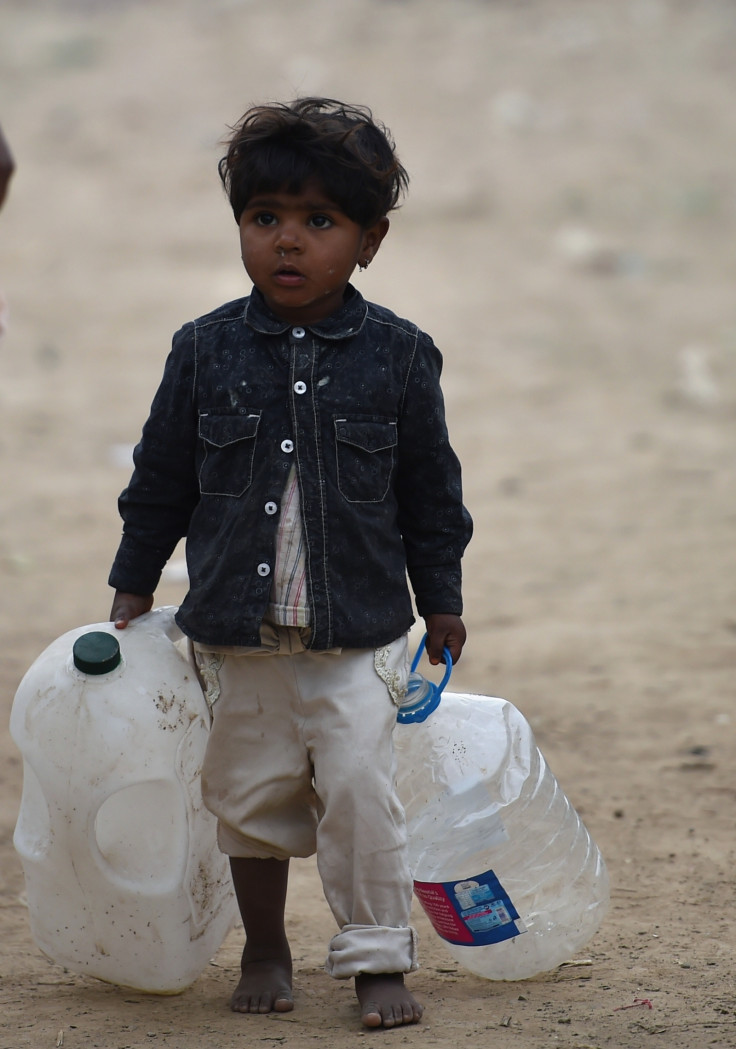Massive scale of arsenic contamination in groundwater throughout Pakistan revealed
The Indus Plain is sitting on huge reserves of arsenic-rich groundwater.
Much of the available drinking water throughout the Indus Basin in Pakistan has toxic levels of arsenic, scientists have found, potentially leading to tens of thousands of early deaths each year.
Between 50 and 60 million people in this region of Pakistan are exposed to high levels of arsenic, of more than 10 micrograms per litre. The results are published in a study in the journal Science Advances. Long-term arsenic poisoning causes thickening and darkening of the skin, abdominal cramps, heart disease and cancer.
The drinking water in many of these areas comes from shallow groundwater. This is also the water richest in arsenic, which leaches from the rocks it filters through. Much of south Asia has groundwater contamination with substances such as arsenic, but the extent of the contamination in Pakistan had not been known until now.
"Previous studies looked on the scale of a few villages or small regions," study author Joel Podgorski of Eawag, the Swiss Federal Institute of Aquatic Science, told IBTimes UK. "But this was the first time mapped out."
The researchers used samples collected from across Pakistan, with a total of nearly 1,200 samples measured and analysed for arsenic levels.
"When I first saw the dataset I thought, wow, that's pretty bad. It's a pretty big problem throughout the whole Indus Plain where a lot of people live and drink the water," said Podgorski.
In Bangladesh, where the problem is better documented than Pakistan, there are an estimated 40,000 premature deaths a year due to this form of poisoning, said David Polya, an environmental geochemist at the University of Manchester.
The arsenic in the groundwater has been a problem in the area for as long as people have used wells in the region. It's not confined to Pakistan – it's been known since the late 1980s and 1990s that shallow groundwater in many of the Asian megadeltas have been contaminated with high levels of arsenic.
As a result, arsenic poisoning, or arsenicosis, is a widespread problem in the region. But it's not yet clear exactly how prevalent the condition is, Podgorski said.
"I've come across isolated studies where they look at the amount of arsenic in the tissues of people in one or two villages, there isn't a full understanding of who is affected by arsenic poisoning. I hope this study leads to more research into that."
The exact figures proposed in the present study for Pakistan come with a degree of uncertainty, he said, but regardless it shows many more people in the country are at risk than previously thought.

"This reflects a trend over the past few decades, where increasing numbers of people have been recognised to be exposed to high arsenic concentrations in their drinking water," Polya said. "As further, more detailed studies such as this are conducted in other areas, no doubt the number of people known to be exposed to this poison through drinking water will further increase."
In terms of what can be done about the contamination, there are a couple of options, he said. The best, although not always the most practical, is to simply use another well that is not contaminated.
"Water wells are often not all contaminated in a certain area. There might be one well that's fine near a contaminated one, so it's best to switch to that source," Podgorski said.
But in rural areas where there are few wells, or where all wells are contaminated, this isn't a realistic option. People in these areas can use filtering equipment to bring the water down to safe arsenic levels.
For those who can afford it, household filters can be bought for around $35 (£27). But filtering at a community level is more efficient, with whole villages using water that has gone through a much larger filter.

This too has its drawbacks, though. Filters have been widely tried in Bangladesh where there is also a problem with groundwater contamination with toxic metals. But in summer, people are reluctant to drink warm filtered water rather than cool water straight from the well, said M Shamsudduha, a researcher in groundwater contamination at UCL, who was not involved in the research.
Another reason is that people have to maintain filtration system. Washing, cleaning and preparing the filters for reuse can cost time and money that people don't have.
"Even at a community level, filtration at a large scale wasn't sustainable for a long time," said Shamsudduha. "None of these filtration techniques have been successful in Bangladesh."
A better solution was drilling deeper wells. Shallow groundwater, at depths of less than 100m, has higher levels of arsenic than groundwater below 100 or 150m depth.
"That's the de facto way to avoid arsenic contaminated water so far that has worked over the years – drilling deeper wells," said Shamsudduha.
Whether this will work in Pakistan depends on whether there are very extensive deep groundwater systems to be tapped.
"We need to explore this and what other mitigation measures can be taken in Pakistan," Shamsudduha said. "It also all depends on what Pakistan's government is thinking. Without a sensible policy it cannot implement a large scale or widespread intervention."

© Copyright IBTimes 2025. All rights reserved.






















